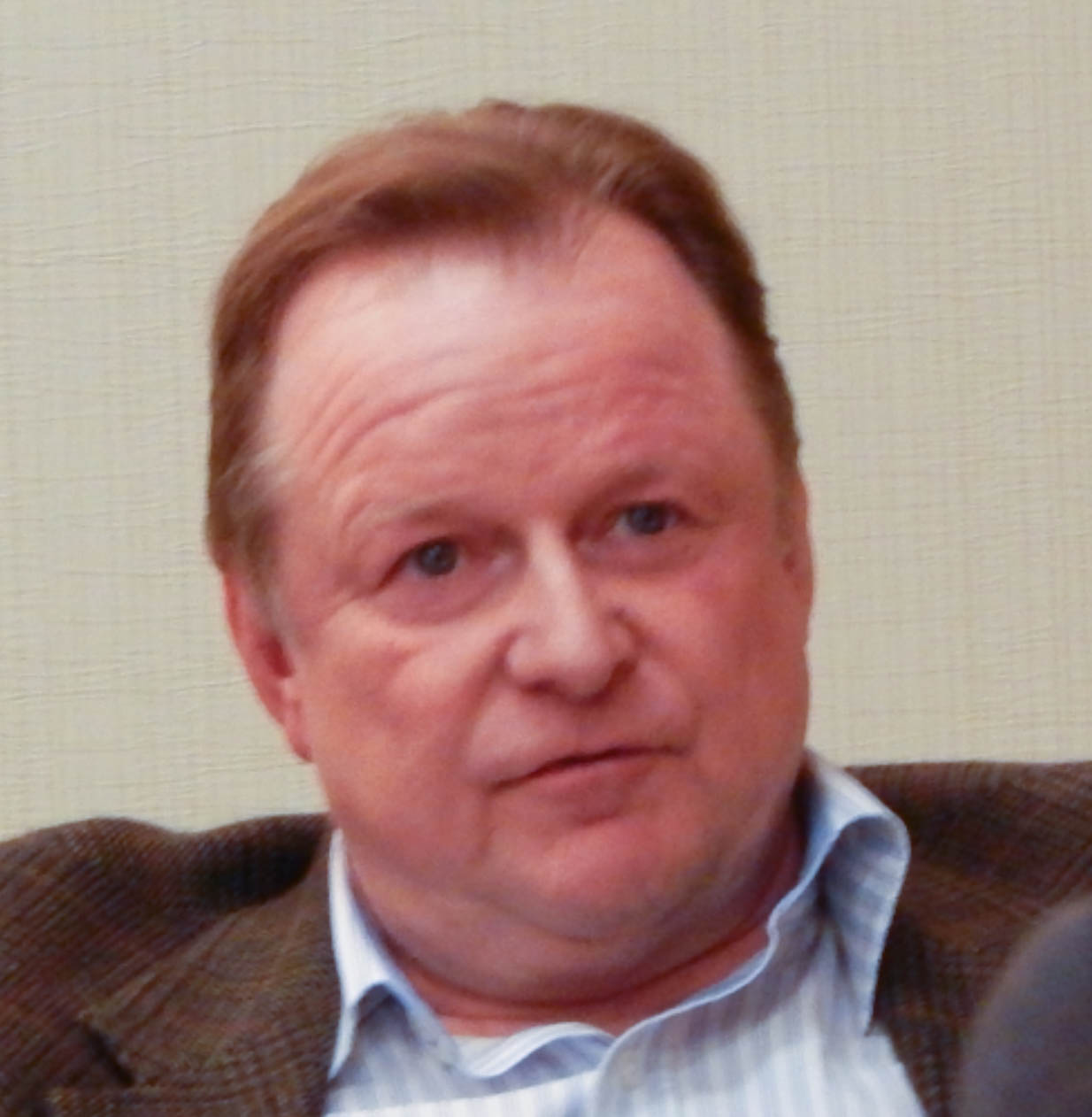One issue raised at last week’s PJM Market Summit concerned the 8% after-tax weighted average cost of capital (ATWACC) the PJM Board of Managers submitted.

Joseph Kerecman, Calpine
PHILADELPHIA — Calpine’s Joe Kerecman rarely speaks at PJM stakeholder meetings, but he was full of questions at last week’s PJM Market Summit. One issue he raised in at least two sessions concerned the 8% after-tax weighted average cost of capital (ATWACC) the PJM Board of Managers submitted following stakeholders’ Triennial Review of capacity auction rules.
The board filed proposed revisions to the capacity market parameters in September (ER14-2940) despite a lack of consensus among stakeholders. Members voted in August on five proposals, none of which won a supermajority. (See PJM Board Orders Filing on Capacity Parameter Changes.)
The filing has prompted protests from both load, which doesn’t like the proposed changes to the demand curve, and suppliers, which oppose PJM’s labor calculations and cost of capital.
Leading the opposition on cost of capital is the PJM Power Providers (P3) group, which told the Federal Energy Regulatory Commission it should use a 10.8% ATWACC, based on an analysis by PA Consulting, rather than the 8% recommended by PJM’s consultants, The Brattle Group.
The P3 group asked FERC to order a hearing to resolve this “disputed issue of material fact.” The Electric Power Supply Association endorsed P3’s filing. Calpine is a member of both groups.
Kerecman noted that the board used a capital asset pricing model (CAPM) based on the cost of capital for NRG, Dynegy and Calpine. “But Calpine is the only company of the three that’s actually building something in PJM. So of the 10 to 12 projects that are happening [in PJM], they’re all private equity, structured finance-type projects” with higher costs of capital, he said.
Eight percent is “certainly low,” responded Jason Kahan, vice president with Energy Investors Funds of New York. “Debt right now is still cheap even if you’re doing it on an individual project. A lot of projects are getting financed at LIBOR plus 350 [basis points]. All-in debt lending rates are around 6%. But do you want take risk from an equity perspective to build a new plant at 10%? I certainly don’t. That’s a pretty thin margin with all … that you can get wrong in terms of how your plant is going to get built and how it’s going to operate.”
“I think 8% for an [independent power producer is] relatively low,” agreed Jonathon Kaufman, managing director of investment banking at Credit Suisse. “Certainly 8% for a private equity sponsor is dramatically low.”
So why, Kerecman asked, have investors and bankers been silent on this debate?
Unlike a utility rooted in a region, “we’re more opportunistic,” Kahan responded. “If we don’t like what we’re seeing in PJM, we’re going to shift our attention to other parts of the country. … We have historically stayed out of those fights. You are right.”


